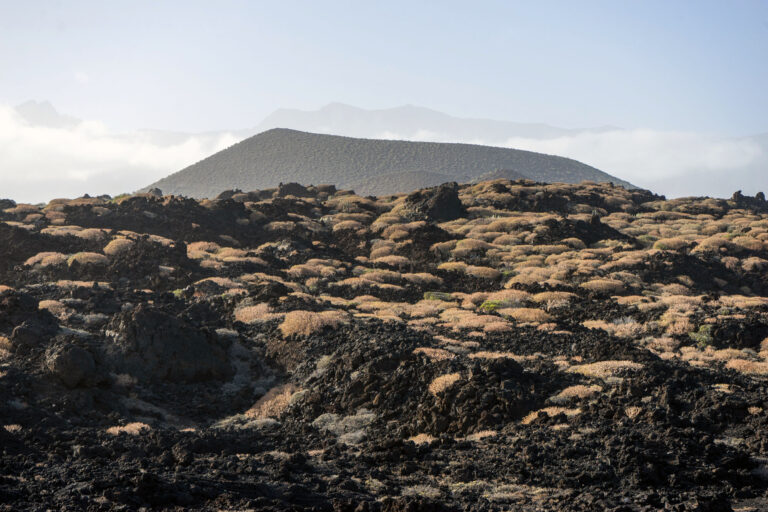The Guanches of Tenerife
Although they’re long gone, assimilated completely into the genetic lineage of their Spanish conquerers, the Guanches inhabited the Canary Islands for two thousand years before their eventual submission, and their influence can be felt in nearly every aspect of the archipelago’s culture.

The Original Canarians
The earliest evidence of human settlement on Tenerife dates back to 600 BC, with discoveries at the Cueva de los Guanches, in Icod de los Vinos. Modern analysis of their remains has identified them as closely related to the Berber people of Northern Africa, and it’s reasonable to assume that a group of Berbers migrated to and settled the Canary Islands long ago. But once arrived, they lived in relative isolation, developed their own religious system, language and customs, and were only rarely visited by seafarers from the mainland.
Given their long history on the islands, it’s frustrating how little is actually known about the Guanches. They left no written records, and most of the oral history has vanished. Although some script and pictographs have been found carved into cave walls, it’s believed that they didn’t have a widespread written language. But while the Spanish were busy wiping out their culture, they also made an effort to record it. “These are the things we’re destroying”, more or less. So, we do know a little bit about these mysterious people.

Gods, Legends and Sacrifices
The Guanches had a well-developed religion with a pantheon of gods related to the earth, sun, moon and stars. On Tenerife, they believed that a dog-shaped devil named Guayota lived in the depths of the Teide, which was considered the entrance to hell. Guayota had kidnapped the sun god, Magec, plunging the world into darkness. The supreme diety of the Guanches, Achamán, freed Magec and trapped Guayota eternally within the mountain as punishment.
Their gods were worshipped in the open air, in places of natural significance, like on the tops of mountains. We saw one Guanche stone circle at the top of the Garajonay, on La Gomera. They also performed sacrifices — definitely of animals, and probably of human children. It’s believed that there was a tradition to hurl one child a year from the top of a cliff into the water below, and little human bones have been found in ritual pits along with those of goats.
Post-conquest, the Guanches were assimilated quickly into the Spanish population of the Canarias. That sounds awful, but it’s a far better fate than that of the Native Americans in the USA… the culture, language and beliefs of the Guanches might have be obsolete, but their genes are still going strong. The general population of the Canaries is believed to share around 50% of their DNA with the original inhabitants of the archipelago.
In fact, it might not even be totally correct to think of the Guanches as “disappeared”. They just speak Spanish now.






Pingback: A Concise History of Tenerife - For 91 Days - Tenerife Travel Blog
Pingback: The Museum of Natural Sciences and Archaeology